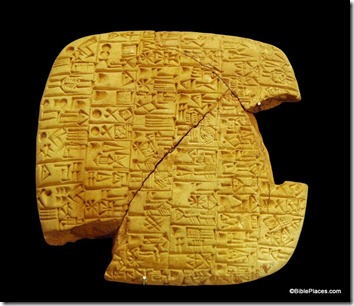One of my favorite book catalogues to browse is that published each year by Carta. As the premiere publishing company devoted to the historical study of the land of Israel, Carta can quickly fill up my wishlist. Among Carta’s best known publications is The Sacred Bridge, by Anson F. Rainey and R. Steven Notley.
If you live in the States (or anywhere outside of Israel), accessing Carta’s products is not easy. They have apparently chosen not to work through the regular publishing channels in the US, thus making it difficult to order their works through bookstores or Amazon. Eisenbrauns has served as their exclusive US outlet for some years, carrying a certain portion of Carta’s publications.
Carta is now going directly to the public through the creation of their own website and webstore.
Now all of their materials are available for easy purchase, though since the company is based in Jerusalem, shipping costs and time reflect international travel. Yet if you plan ahead, order several items at once, and don’t need to return anything, you can now purchase what before required a trip to the bookstores of Israel.
Here are some books and other publications that I would recommend from various categories:
- Bible Atlases: The Sacred Bridge or its cheaper abridged version, Carta’s New Century Handbook and Atlas of the Bible. Not recommended: Carta’s Comprehensive Bible Atlas on CD-ROM.
- Jerusalem: The Quest and Jerusalem Street Atlas. Not recommended: The Illustrated Atlas of Jerusalem.
- Biblical Wall Maps: Carta’s Map of Israel
- Israel Road Maps and Travel Guides: Israel Road Atlas, Israel National Parks and Nature Reserves, Ein Gedi, Qumran, and Masada.
- Biblical Archaeology: The New Encyclopedia of Archaeological Excavations in the Holy Land, Jerusalem in the Year 30 A.D.
Some of these may be available through Amazon-type stores, and even more may be purchased from Eisenbrauns. For the full catalogue, the place to go is http://www.bible-books-maps.com/.
I haven’t even made it to what I expected to be the main point of this post, but given limitations of time (mine and yours), I’ll save that for another day.

